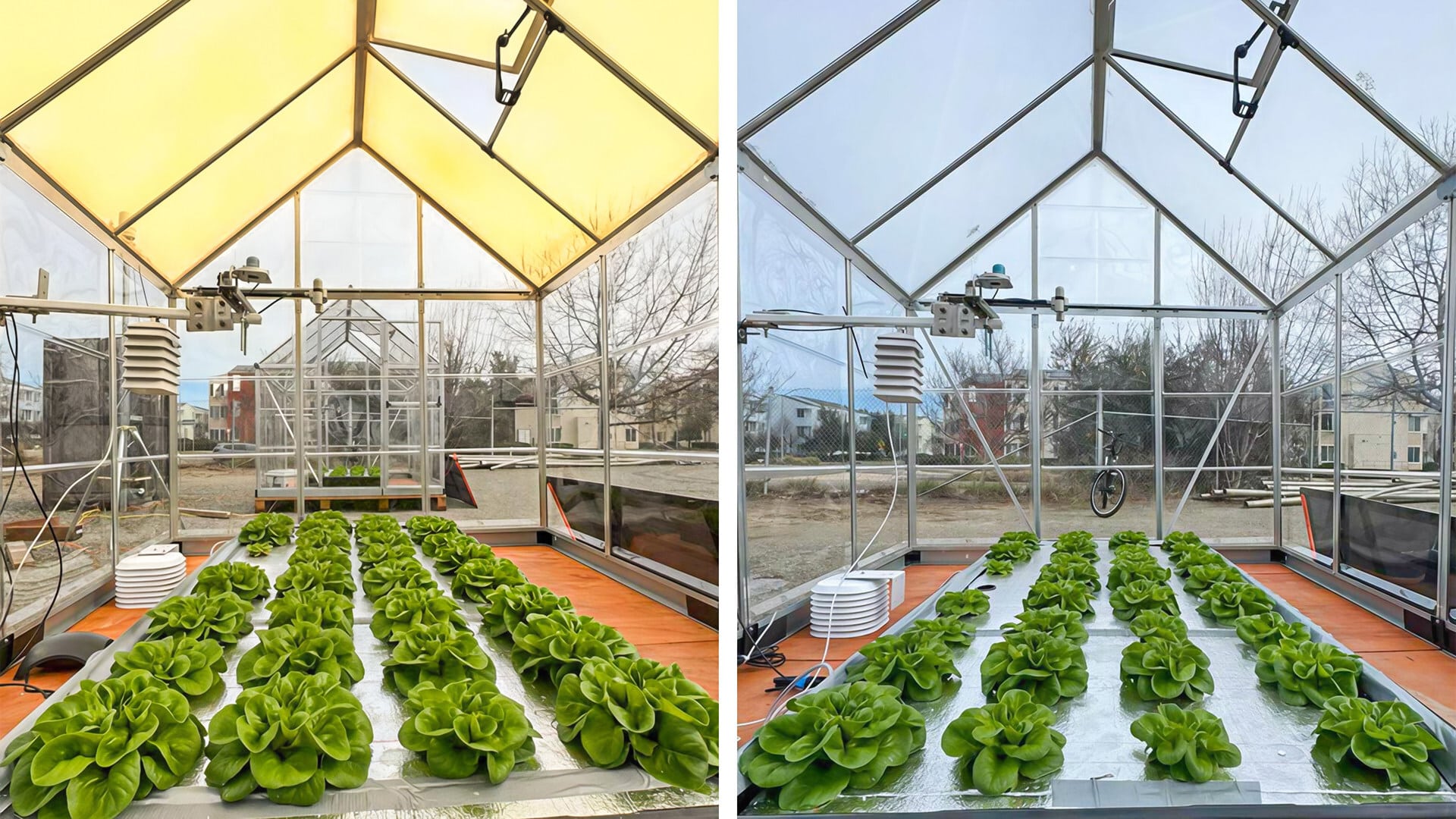Key Takeaways
- UbiQD closed a $6 million debt financing agreement with Silicon Valley Bank to support infrastructure upgrades and manufacturing scale-up.
- The financing follows UbiQD’s $20 million Series B round and a long-term supply agreement with First Solar.
- The company appointed Tony Beams as Chief Financial Officer to support its next phase of growth.
- UbiQD is expanding production capacity to meet rising demand in agriculture, solar energy, and other sectors.
- SVB described the company as well positioned to advance quantum dot manufacturing at scale.
UbiQD Secures New Financing to Advance Commercial Scale-Up
UbiQD has entered a $6 million debt financing agreement with Silicon Valley Bank, a division of First Citizens Bank. The company plans to use the capital for facility improvements and specialized manufacturing equipment as it scales production in response to new commercial opportunities.
“UbiQD is driving critical innovation in quantum dot technology and manufacturing and is well positioned to expand production to support key sectors including agriculture and solar energy,” said Trent Walker, Director with SVB’s Technology Banking Group. “We’re excited to continue our longstanding relationship with UbiQD and look forward to supporting their continued growth.”
The partnership dates back to 2017, and the new term loan reflects continued confidence in the company’s trajectory. The financing follows UbiQD’s recent $20 million Series B round and a long-term supply agreement with First Solar, both of which have accelerated its expansion plans.
Strengthens Leadership Team With New CFO Appointment
As part of its growth strategy, UbiQD has appointed Tony Beams as Chief Financial Officer. Beams brings experience from AppHarvest, Plenty, Zordi, Netflix, and Headspace, with expertise in capital strategy, operations scaling, and commercialization of hardware technologies.
“Tony brings a rare combination of financial depth and experience with high growth agriculture technology businesses,” said Hunter McDaniel, Founder and CEO of UbiQD. “His leadership will be instrumental as we deepen our long-standing relationship with Silicon Valley Bank with this venture credit facility.”
Beams noted the importance of the new financing to support the company’s next steps. “Things are moving rapidly, and the new SVB financing provides the flexibility we need to grow responsibly while maintaining capital efficiency,” he said.
UbiQD Prepares for Next Phase of Commercial Growth
The company’s quantum dot technology continues to see increasing demand across agriculture, solar, and other applications. Both the new SVB financing and the CFO appointment position UbiQD to support its expanding commercial pipeline, aligning capital, talent, and infrastructure for its next phase of development.


